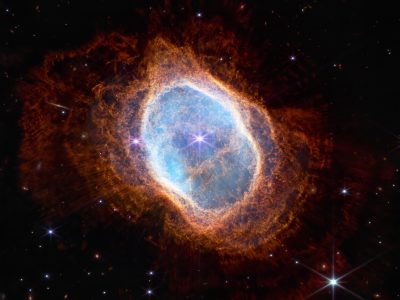
Webb Telescope Detects Young Star Cluster Providing Clues About the Universe’s Initial Development

the combined efforts of both telescopes, stating that “the detailed data from Webb, together with Hubble’s observations, provides a remarkable opportunity to explore the intricacies of star formation in environments like NGC 602.”
The collaboration between Hubble and Webb illustrates how different tools complement each other to enrich our grasp of the cosmos. While Hubble captures stunning images in visible light, Webb’s infrared capabilities allow it to penetrate dust clouds, revealing hidden structures and phenomena that were previously inaccessible. This interplay enhances our understanding of celestial bodies, fostering deeper insights into their formation and evolution.
—
## **Conclusion: Unlocking the Secrets of the Universe**
In summary, the James Webb Space Telescope’s profound observations of NGC 602 not only enrich our knowledge about this specific star cluster but also contribute to our overall comprehension of star formation and the conditions that prevailed in the early universe. Through ongoing studies, we stand to gain invaluable insights that could transform our understanding of how stars, brown dwarfs, and even entire galaxies were born and evolved across cosmic time.
As research continues, the revelations from NGC 602 reinforce the significance of advanced astronomical instruments and the exploration of our universe’s myriad wonders. The quest for knowledge about our cosmic origins is a journey that persists, and the remarkable discoveries made by the JWST will undoubtedly play a pivotal role in shaping our understanding of the universe’s past, present, and future.